Classes reached unbearable temperatures last week. For four days, the heating, ventilation, and air conditioning system—better known as the HVAC—failed to function.
In social studies teacher Lindsay Olson’s classroom, temperatures reached 87.2 degrees. “We couldn’t do anything,” she said. “The students were, like, bright red and melting.”
The hot temperatures affected classes in C-hall the most.
“For four days in a row, I changed what I was doing in my classes,” social studies teacher Susan Eide-Stensrud said, who teaches in room C121. “Instead of grading tests I needed to grade, I made new activities.”
Olson also drastically rearranged her schedule to accommodate for the heat, feeling that it exhausted students and would leave them struggling to finish their assignments.
“I canceled all due dates during that time because I went home and I felt sick,” she said. “I couldn’t ask them to go home and do homework.”
Eide-Stensrud found particular struggles in her advanced classes.
“My AP kids are different because we’re on a very strict timeline for a curriculum for the school year. So unfortunately, they were kind of forced to stay in the room,” she said. “There were kids that put their heads on their desks, and kids who forgot water bottles and were visibly ill.”
But what really happened? “Over at [Monarch PK-8], we have a boiler and a chiller,” Boulder Valley School District’s HVAC supervisor Travis Cook said. “The issue was on the chiller side. There’s two really big machines at the PK-8, and they both failed.”
The HVAC team lost contact with these units. “The display board just went blank, and there were some faults in the machine that needed to be reset locally,” Cook said. “So we couldn’t reset, and we couldn’t communicate with it.”
The HVAC team worked with the manufacturer to regain control of the units. “The fix should be 100% permanent,” Cook said. “That’s not to say nothing’s ever going to break on the machine again. But as far as the failures that we just saw, we’re hoping we have a way better handle on that, with a few extra steps we’ve put in place.”
Cook said these breaks are rare throughout the district, and since the Monarch schools have the largest HVAC system in the district, this incident was helpful for district employees to learn how to deal with these breakdowns.
“I am glad that it is fixed,” Olson said. “I am glad that they worked with the district to get it fixed.”
The district understands that, while the issue is now resolved, the time spent without a cooling system was difficult.
“We realize that it was warm in the building, and that it had an impact on students,” BVSD Assistant Director of Facilities Carey Jensen said. “We want to do what we can on our end to make sure that we can lessen the impact if and when something happens again.”



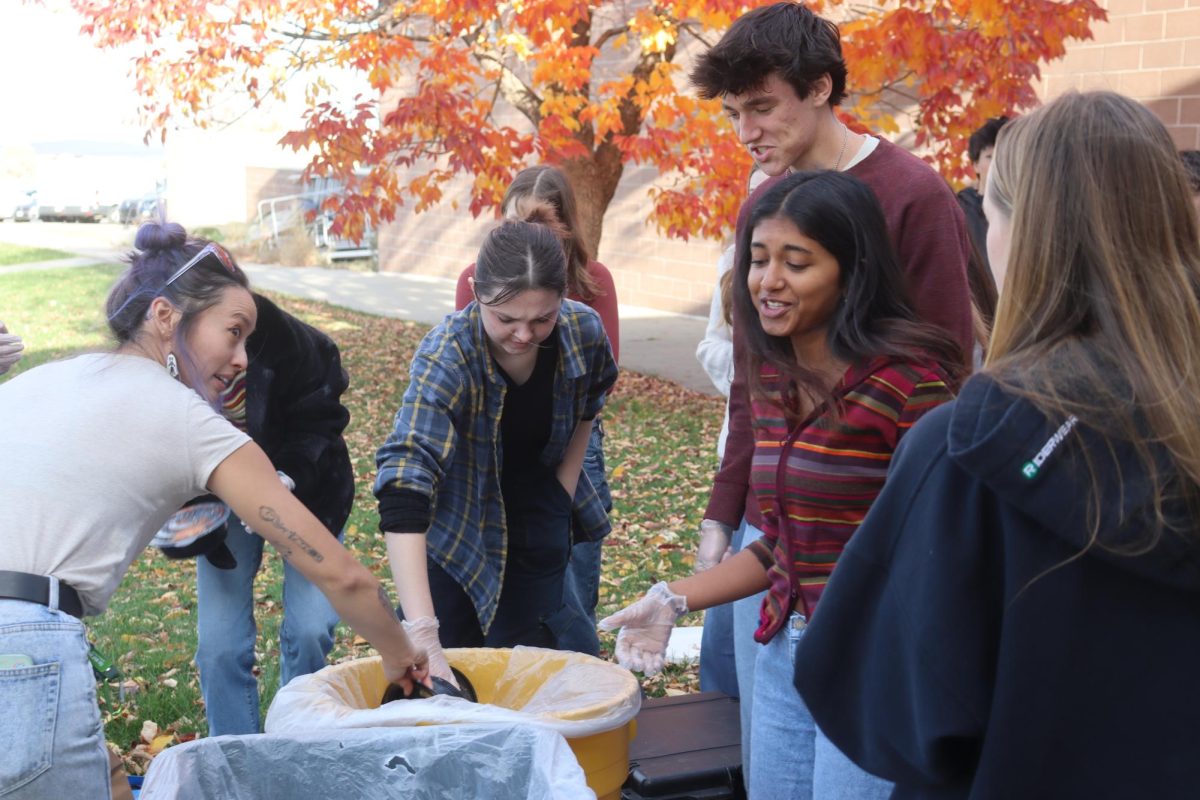
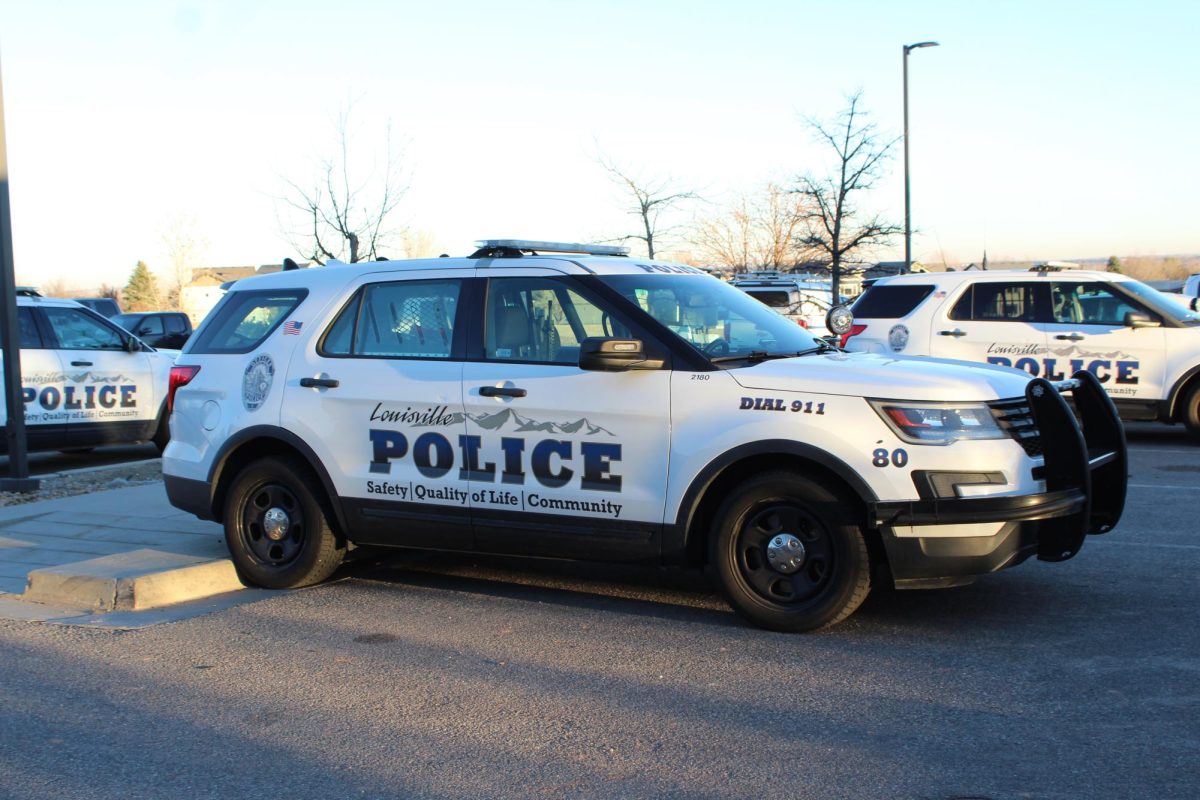



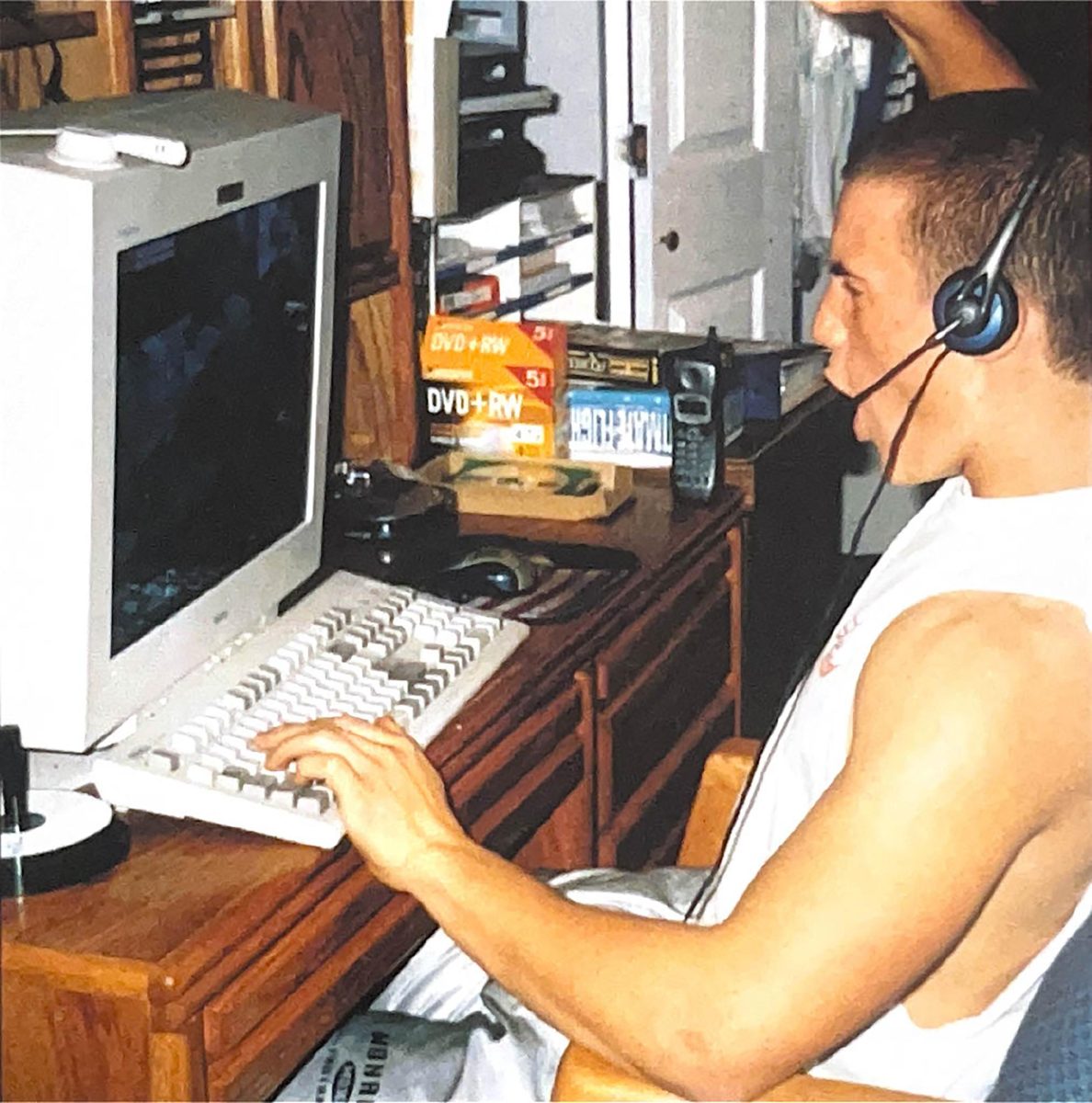
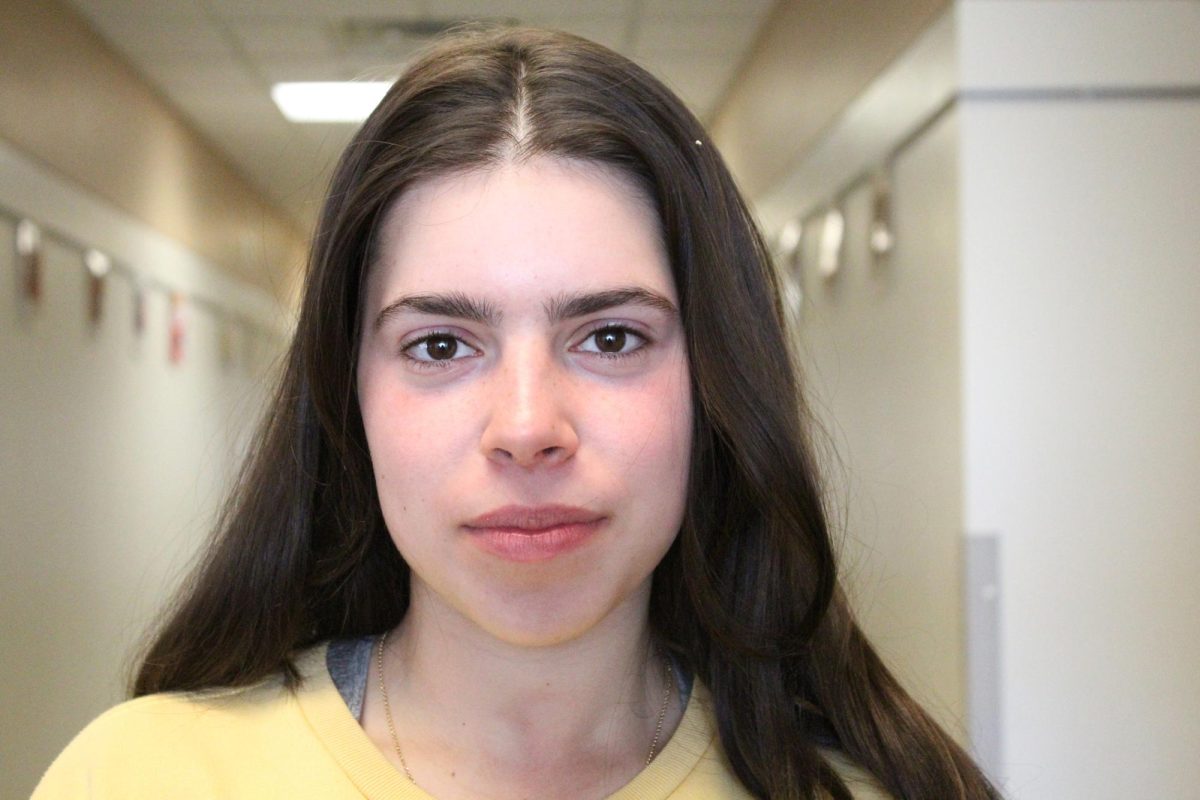

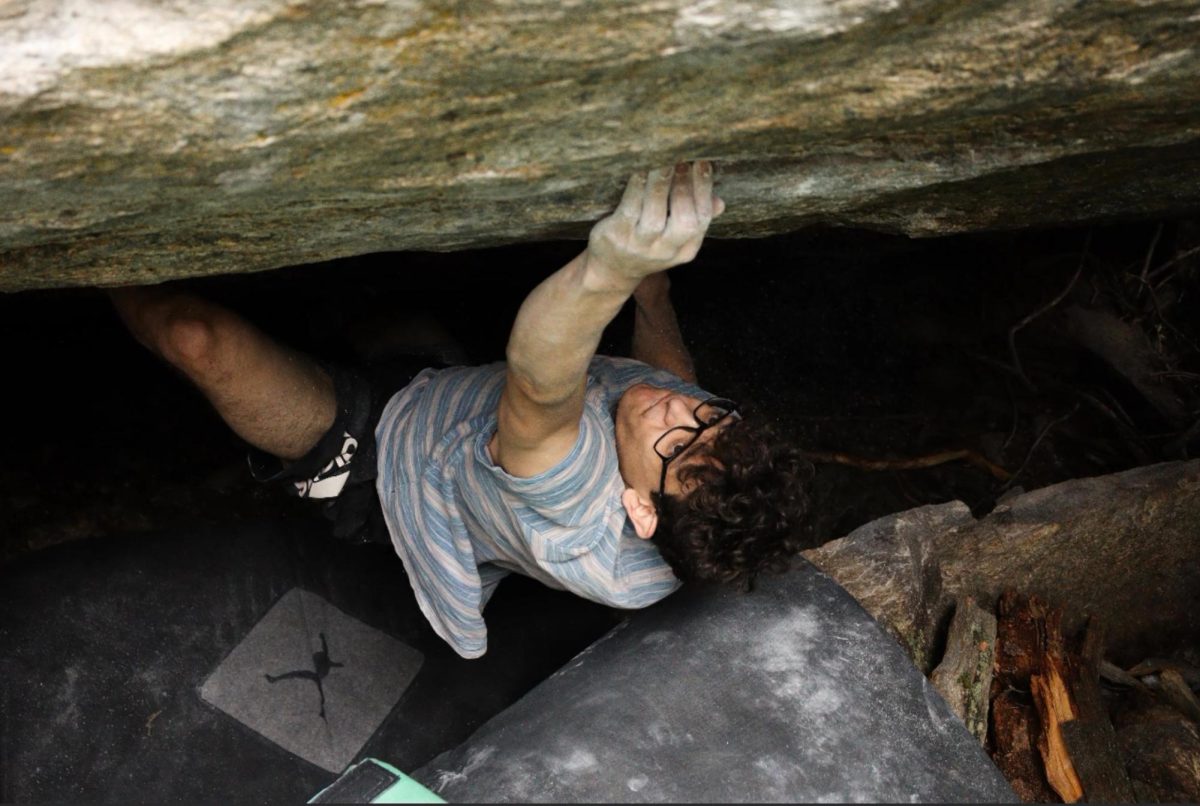
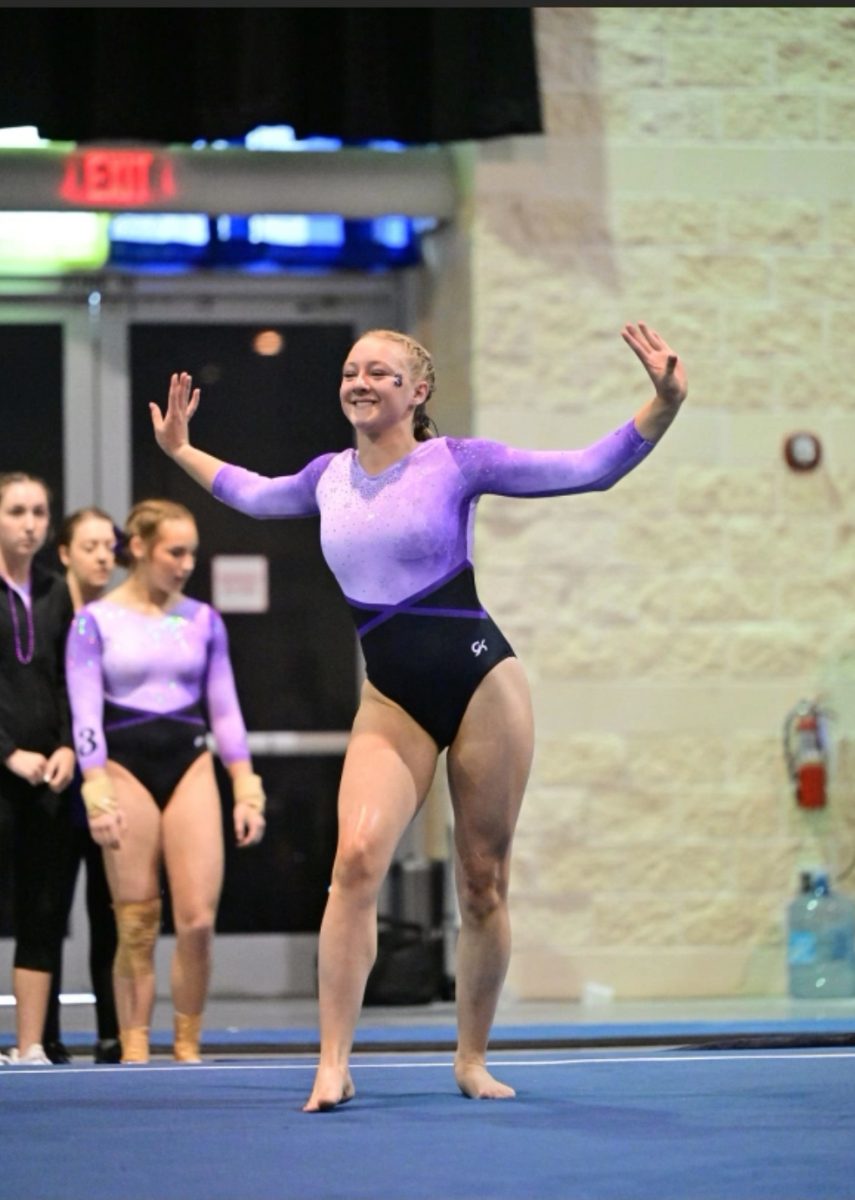
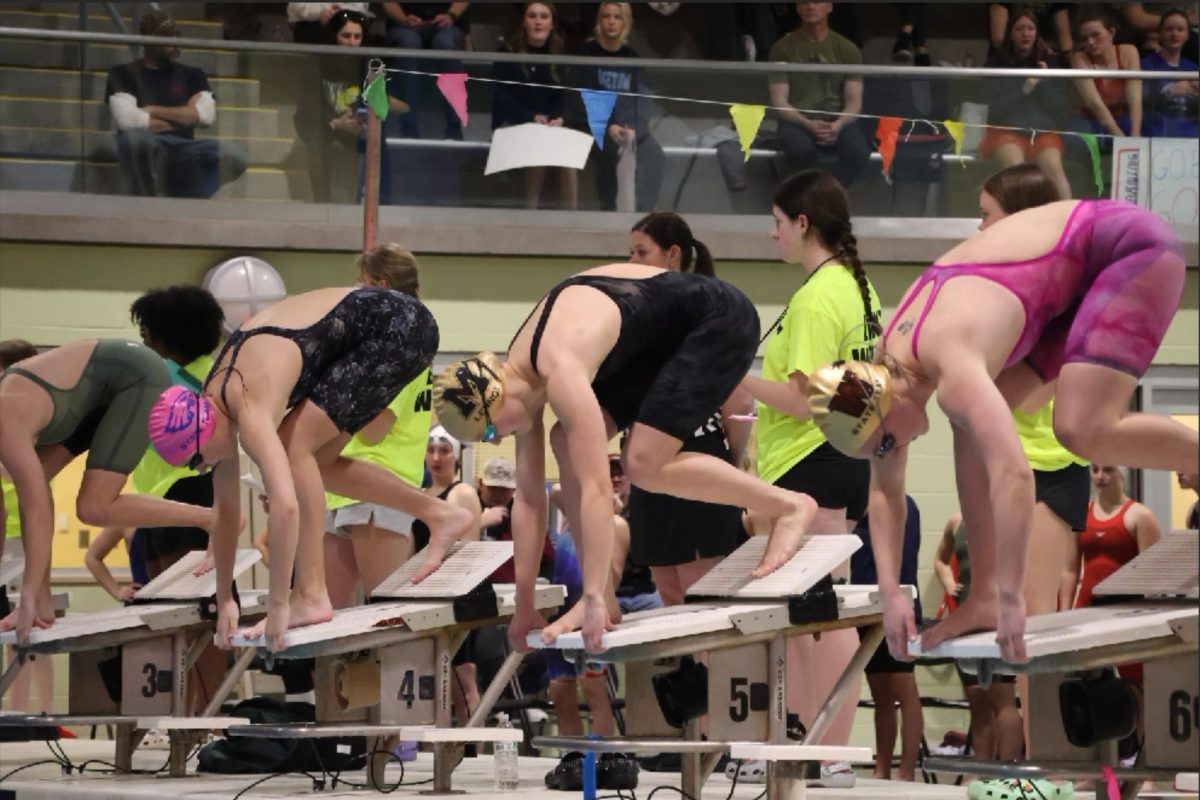



















Teresa Little • Sep 20, 2024 at 8:08 AM
This article was very well done. It flowed well and made me fully understand the impact, the cause and the solution to the problem.